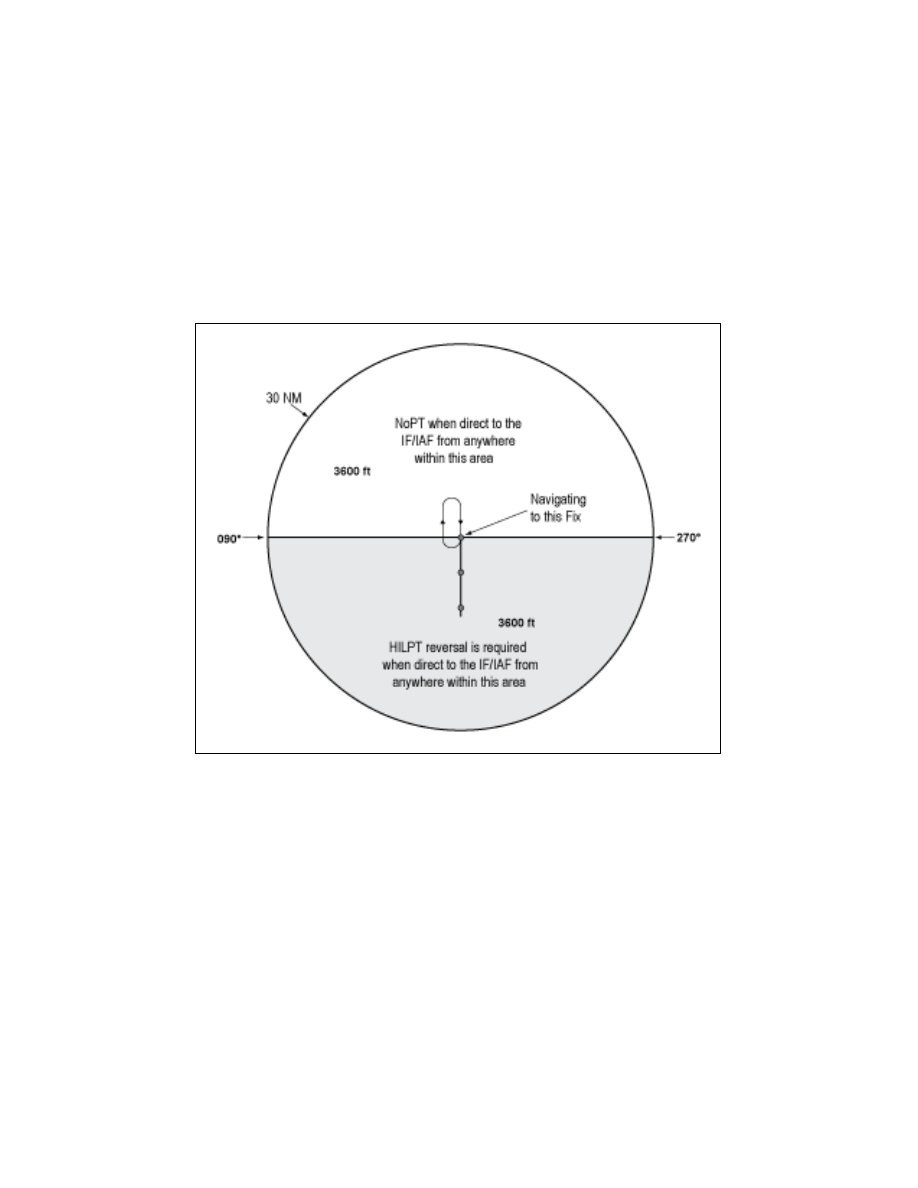
AIM
4/20/23
5
−
4
−
44
Arrival Procedures
1.
During turn on to parallel final approach, aircraft are normally provided 3 miles radar separation or a
minimum of 1,000 feet vertical separation. The assigned altitude must be maintained until intercepting the
glidepath, unless cleared otherwise by ATC. Aircraft will not be vectored to intercept the final approach course
at an angle greater than thirty degrees.
NOTE
−
Some simultaneous operations permit the aircraft to track an RNAV course beginning on downwind and continuing in a turn
to intercept the final approach course. In this case, separation with the aircraft on the adjacent final approach course is
provided by the monitor controller with reference to an NTZ.
2.
The final monitor controller will have the capability of overriding the tower controller on the tower
frequency.
3.
Pilots will be instructed to contact the tower frequency prior to the point where NTZ monitoring begins.
4.
Aircraft observed to overshoot the turn
−
on or to continue on a track which will penetrate the NTZ will
be instructed to return to the correct final approach course immediately. The final monitor controller may cancel
the approach clearance, and issue missed approach or other instructions to the deviating aircraft.
PHRASEOLOGY
−
“(Aircraft call sign) YOU HAVE CROSSED THE FINAL APPROACH COURSE. TURN (left/right) IMMEDIATELY AND
RETURN TO THE FINAL APPROACH COURSE,”
or
“(aircraft call sign) TURN (left/right) AND RETURN TO THE FINAL APPROACH COURSE.”
5.
If a deviating aircraft fails to respond to such instructions or is observed penetrating the NTZ, the aircraft
on the adjacent final approach course (if threatened), will be issued a breakout instruction.
PHRASEOLOGY
−
“TRAFFIC ALERT (aircraft call sign) TURN (left/right) IMMEDIATELY HEADING (degrees), (climb/descend) AND
MAINTAIN (altitude).”
6.
Radar monitoring will automatically be terminated when visual separation is applied, the aircraft reports
the approach lights or runway in sight, or the aircraft is 1 NM or less from the runway threshold. Final monitor
controllers will not advise pilots when radar monitoring is terminated.
NOTE
−
Simultaneous independent approaches conducted to runways spaced greater than 9,000 feet (or 9,200’ at airports above
5,000’) do not require an NTZ. However, from a pilot’s perspective, the same alerts relative to deviating aircraft will be
provided by ATC as are provided when an NTZ is being monitored. Pilots may not be aware as to whether or not an NTZ
is being monitored.